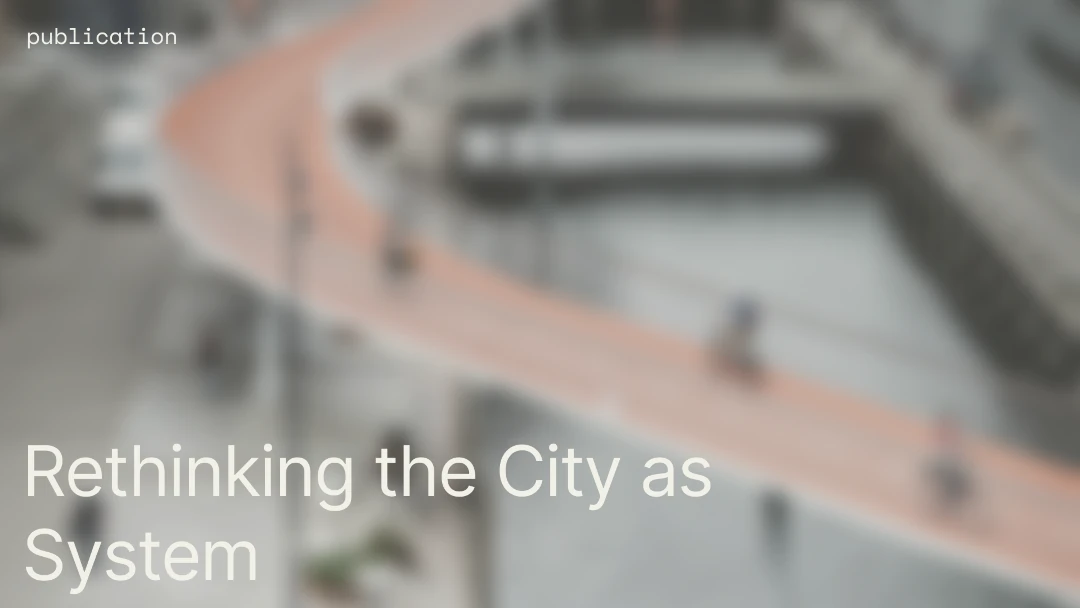
This collection intends to highlight the potential of bio-based materials, theme that our Park Plus research team has been developing for years, with the aim of emphasising the need for an ethical, responsible and low-impact architecture.

With the growing emphasis on sustainable design, integrating Life Cycle Assessment (LCA) data into architectural workflows is becoming crucial. The early design stages are essential for minimising environmental impacts, yet the construction industry often lacks efficient, data-driven tools that support these early assessments. Many AEC professionals face challenges in assessing sustainability accurately without streamlined access to real-time environmental data. Furthermore, achieving sustainability standards requires flexibility and adaptability, which traditional tools don’t always provide.
LINK Arkitektur, a leading Scandinavian architecture firm, recognised the need for an innovative approach to sustainability and partnered with revalu to enhance their early-stage decision-making process. Thus, LINK IO — LINK Arkitektur’s digital innovation department — developed an open-source tool based on Speckle and revalu connect,called Speckle LCA.
This open-source tool integrates LCA data directly into BIM workflows, empowering architects to make environmentally informed decisions from the very first design drafts.
explains Fabian Sellberg, Computational Design Specialist at LINK Arkitektur.
Challenge: Inefficiency and Limited Customisation in Traditional LCA Tools
In traditional workflows, integrating LCA data into architectural processes often involves manual updates and inconsistent access to materials data, limiting adaptability and efficiency. This disconnect hinders early-stage design teams from accurately assessing environmental impact without relying on cumbersome, static datasets that don’t reflect real-time project needs. LINK Arkitektur aimed to overcome these limitations with a solution that could handle dynamic material data while enabling seamless integration into BIM.
Solution: Implementing SpeckleLCA with revalu connect
SpeckleLCA, powered by revalu connect, offers an open-source, modular solution to address these challenges. Leveraging Speckle for BIM data imports and EPDx for environmental impact assessment, the tool provides real-time access to materials data. Through a four-step process — quality control, material mapping, calculation, and comparison — SpeckleLCA streamlines LCA integration within BIM workflows, enabling efficient data management throughout the design process.

The platform also enables live connectivity to 3D models, allowing architects to visualise environmental impacts directly within the design model. This live link between sustainability experts and architects supports real-time model updates, reducing reliance on static data and allowing design teams to respond dynamically to project requirements.
SpeckleLCA takes efficiency a step further by saving material mappings for future use by logic. Once a material has been mapped in the platform, it is automatically applied to new models or updated versions of existing ones, eliminating the need to repeat the mapping process. This ensures that as projects evolve or new iterations are created, the previously established mappings are seamlessly integrated, saving time and reducing manual effort.

Key features of SpeckleLCA with revalu connect include:

Benefits and Added Value
Through SpeckleLCA and revalu connect, LINK Arkitektur — and the industry at large — can now support environmentally responsible decision-making while upholding project quality and cost-effectiveness. The collaboration highlights how open-source tools and data-driven platforms can drive sustainability in construction by enabling architects to integrate real-time environmental data directly into their design process.
Conclusion
By embedding SpeckleLCA with revalu connect into their workflows, LINK Arkitektur is prepared to meet rising sustainability standards and deliver measurable environmental value in their projects. This innovative approach showcases the potential for digital tools to transform traditional architecture practices, fostering a new era of sustainable, data-driven construction.
Are you interested in trying out revalu connect? Reach out to helpdesk@revalu.io, or click here.




























